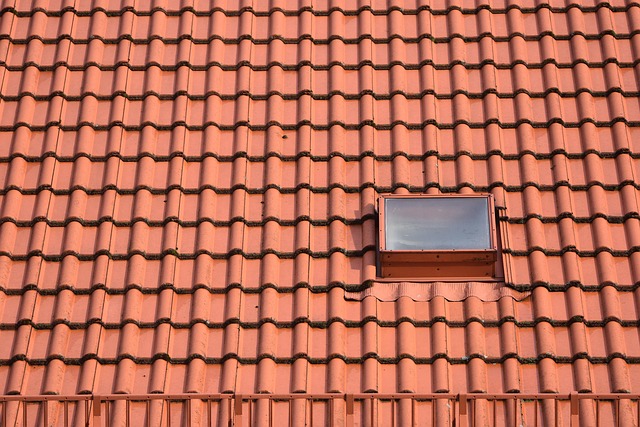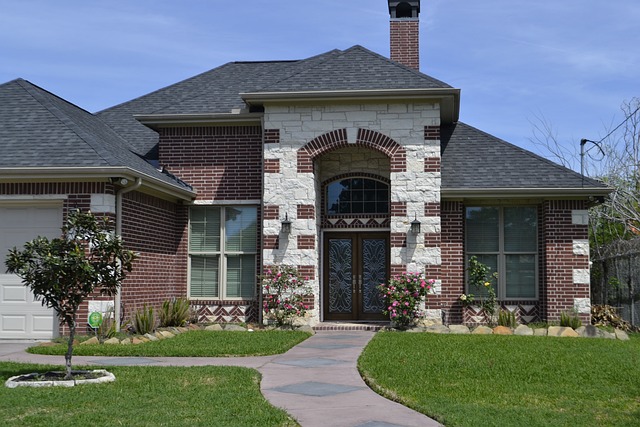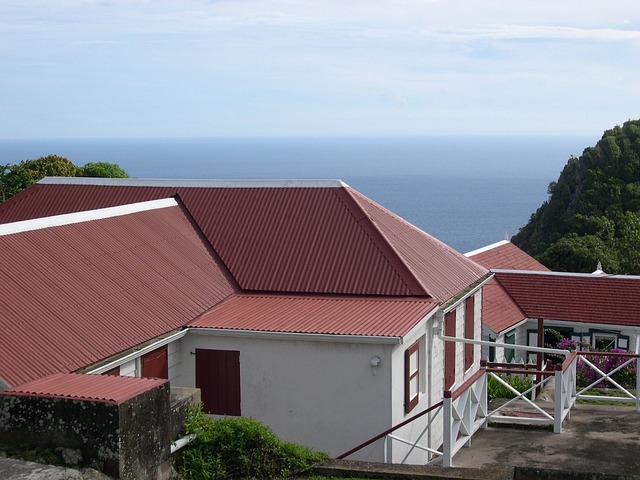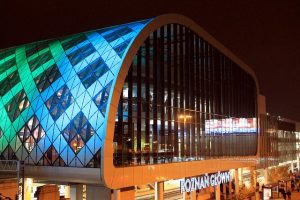In Dallas, where varying weather conditions pose challenges to roofs, assessing damage is crucial for any roof repair process. Homeowners and professionals should inspect decking for cracks, broken shingles, water stains, rot, or mold growth, as these indicate problem areas that may threaten structural integrity. A meticulous visual inspection from inside and outside the structure is essential to identify defects like warping, rusted joints, and weakened materials, preventing serious structural problems over time. Early detection of signs like visible damage, gaps, stains, or mold growth is key for effective Dallas roof repair.
“The roof, a guardian of your home’s sanctuary, bears the brunt of weather’s wrath. In Dallas, where varying climates test its limits, roof decking repairs are crucial for maintaining structural stability. This comprehensive guide delves into the intricate process of identifying damage, from visual inspection techniques to recognizing common signs of instability. We explore effective repair and reinforcement methods tailored to Dallas’ unique challenges and emphasize post-repair care to ensure longevity. Master these steps, and your home’s roof will stand strong against time.”
- Assessing Damage and Identifying Problem Areas in Dallas Roof Decking
- – Visual inspection techniques for roof decking damage
- – Common signs of structural instability in roofing decks
Assessing Damage and Identifying Problem Areas in Dallas Roof Decking

When it comes to Dallas roof repair, assessing damage is a crucial first step. Homeowners and professionals alike should inspect the decking for signs of wear and tear, including cracks, broken or missing shingles, and water stains. These indicators can reveal problem areas that may compromise the structural integrity of the roof, making timely repairs essential.
In Dallas, where varying weather conditions can take a toll on roofs, it’s important to identify specific issues unique to this region. For instance, heavy storms and strong winds can cause significant damage to decking. By thoroughly examining the roof, professionals can pinpoint weak spots, ensuring that each repair addresses the root of the problem effectively, thus providing long-lasting stability for Dallas properties.
– Visual inspection techniques for roof decking damage

When addressing roof decking repairs in Dallas, a thorough visual inspection is the first step to ensure structural integrity. Start by examining the decking from both inside and outside the structure, looking for any signs of damage like cracks, warping, or missing shingles. Pay close attention to areas around chimneys, vents, and valleys, as these spots are prone to concentrated wear and tear. Use a flashlight to inspect dark or hidden spaces, and don’t overlook the condition of the flashing, which can be crucial in preventing water intrusion.
During your Dallas roof repair assessment, look for signs of rot or mold growth, especially if there has been recent water damage. Check the decking’s joints and fasteners for rust or loose connections, as these issues can compromise the overall stability. Remember that even subtle defects can lead to more significant structural problems over time, so a meticulous visual inspection is key to identifying them early on.
– Common signs of structural instability in roofing decks

Many homeowners in Dallas often overlook potential issues with their roof decking, which can lead to serious structural problems over time. Recognizing the signs of instability early on is crucial for maintaining a safe and secure home. One of the most obvious indicators is visible damage or deformity in the deck’s surface. This might include warped or crooked boards, large gaps between them, or uneven edges. Such defects can be caused by weakened materials, excessive moisture infiltration, or heavy loads from snow or wind.
Another common sign to watch for is loose or missing shingles. Shingles protect the decking from the elements, so their integrity is vital. Regular inspections should reveal any loose or damaged shingles, which could indicate that the underlayment and decking below are also at risk. Additionally, keep an eye out for stains or mold growth on the upper deck surfaces or in the attic space—these are often signs of water intrusion, a significant factor in causing structural instability over time.
In conclusion, addressing roof decking repairs in Dallas is paramount for maintaining structural integrity and safety. By employing meticulous visual inspection techniques and identifying common signs of damage, homeowners can proactively ensure their roofing decks remain stable. Timely intervention through professional Dallas roof repair services not only preserves the longevity of your property but also mitigates potential risks associated with unstable decking.
